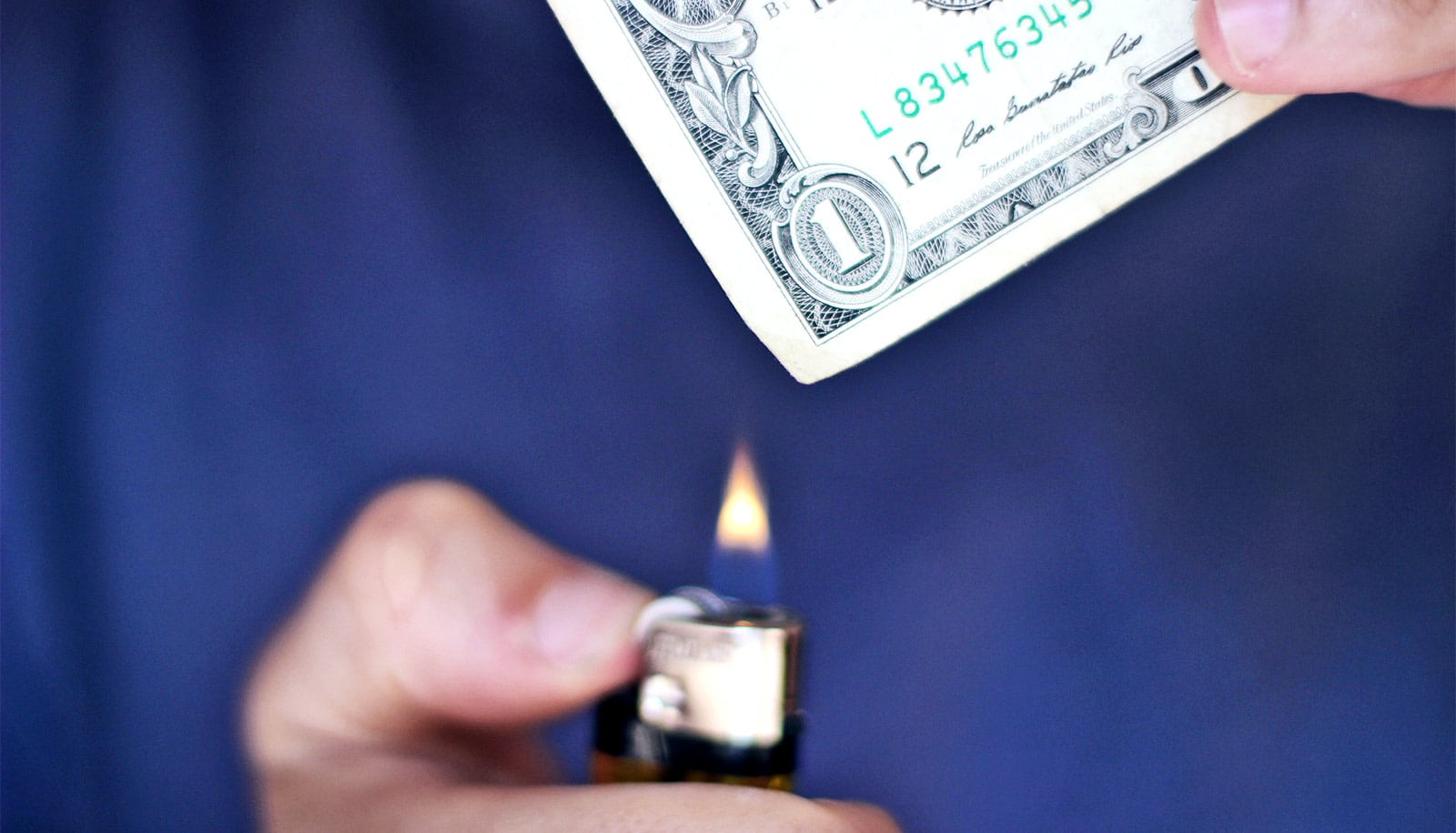As public health officials combat the opioid overdose epidemic, in part by reducing unnecessary prescribing, a study shows that drug manufacturers paid more than $46 million to more than 68,000 doctors over a 29-month period.
“What we found was astounding…”
In a new study published in the American Journal of Public Health, Brandon Marshall, associate professor of epidemiology in the Brown University School of Health, and colleagues report for the first time on the tens of millions of dollars that drug companies are paying doctors through meals, honoraria, and other marketing and education programs.
“The opioid epidemic, which is responsible for thousands of deaths every year, is a national tragedy that we must work at every level to combat,” Marshall says in a Boston Medical Center report of the findings. Scott Hadland of Boston Medical Center is lead author of the study.
“It’s our hope that this study sparks a bigger conversation about the role of pharmaceutical companies in the over-prescribing of opioid medications and prompts a more thorough investigation about what we need to do to tackle this problem.”
Here, Marshall shares additional thoughts on what the team found and what it may mean:
What connection might there be between drug-maker payments to physicians and the current opioid use epidemic?
In this national study, we used data from the Centers for Medicare and Medicaid Services (CMS) to track payments related to an opioid medication from the pharmaceutical industry to physicians. Under the recently implemented Physician Payments Sunshine Act, drug companies are now required to report all “transfers of value”—payments—to US physicians.
What we found was astounding: between August 2013 and December 2015, more than 375,000 opioid-related payments were made to more than 68,000 physicians in the US. Although the average payment to physicians was $15, the top 1 percent of physicians reported receiving more than $2,600 annually in payments related to the promotion of opioid products.
Although most disbursements were small—for activities such as industry-sponsored meals—previous research suggests that pharmaceutical company payments result in increased prescribing of marketed medications, even when these payments are of low monetary value.
As such, it is possible that these payments—particularly such a large number of payments—have led to the high level of opioid prescribing we continue to see today. At a minimum, they are probably counterproductive to nationwide efforts to reduce excessive opioid prescribing.
How do these data advance our understanding of this possible connection?
To our knowledge, this study is the first to track pharmaceutical industry payments specifically related to opioid medications. We showed that these medications continue to be broadly promoted and marketed, even in light of the accelerating opioid epidemic in the US.
Patients should know that they can find out what kind of payments their physician has received for all medications—related to things like travel, gifts, speaking fees, and meals—by visiting the CMS website.
What surprised you in these numbers?
We were most surprised by the large number of physicians who received an opioid-related payment. In fact, one in 12 physicians (and one in five family doctors) accepted a payment related to a prescription opioid product during in the study period. These figures demonstrate the extent to which pharmaceutical companies are broadly marketing these medications to physicians in almost every part of the country.
Payments were very concentrated in a top 1 percent of doctors, but they were very also widespread (one in five family doctors). What might be the significance of these patterns?
We are most concerned by the large number of doctors who have received a payment related to an opioid medication. We are particularly concerned about the high percentage of family physicians who received payments, since primary care doctors are the first-line providers for patients.
Nonetheless, the small number of physicians who have received very large payments requires additional investigation. It is possible that some physicians, after receiving so much money from the pharmaceutical industry, in turn promote these products to other doctors in their practices and hospitals. This is another way in which these payments may be influencing prescribing patterns broadly.
What’s next? Are there other key questions related to this issue that should be explored?
We are currently studying whether regions of the country with the highest number of payments are also those most impacted by opioid overdose mortality. Ultimately, we would like to determine whether and how these payments affect opioid prescribing, and in turn, how prescribing practices are related to greater overdose deaths.
Source: Brown University



